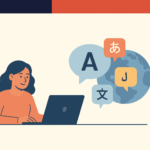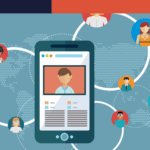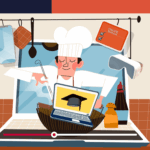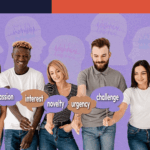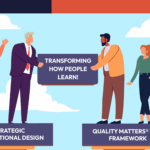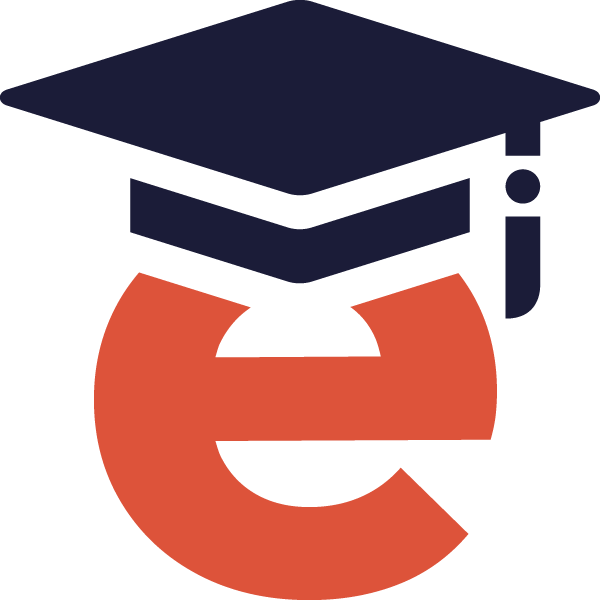Scenario-Based Learning: Advancing Professional Competence Through Realistic Practice
Written by Dr. Angela Robbins
Association leadership recognizes that members want learning that fits into their busy schedules and is worthwhile of their time. Education programs, such as certification training, compliance, and professional development, need to be memorable and purposeful. Scenario-based Learning (SBL) is a practical way to deliver on that, as it places learners in believable situations and lets them make choices that lead to the best outcome. And best of all, the lessons learned can be applied immediately to their jobs.
Instead of passively listening to a training lesson, scenario-based learning aligns with how adults naturally learn. Learners step into a situation that looks and feels relevant and then decide what to do next. The experience is active, and every choice carries a consequence. Learners can test out approaches, make mistakes safely, and see how different strategies play in practice, building confidence and insight in ways a lecture never could. Most importantly, it helps them connect new ideas directly to their own roles, which leads to stronger performance wherever their work takes them, back at the office, the plant, or the showroom.
In short, learners drive their experience rather than ride along. In association life, this could look like many things:
- Handling a sensitive member complaint during renewal season
- Guiding a new board treasurer through a budget decision
- Preparing volunteers for a day of visits to legislatures
- Coaching staff through an ethics or harassment situation
- Triaging a conference crisis when a speaker cancels
The Backstory
The roots of SBL are deep and go back to apprenticeships and Socratic dialogue, where the learner is asked guided questions that prompt examination of their assumptions to explain their reasoning and demonstrate knowledge. Modern professions in Western society incorporated it early on, including medicine, the military, and business simulations. Today, it is a practical choice for associations for blending knowledge with real-world application in a way that respects adult learners’ time, leaving them with critical skills that last long after the session ends.
It may sound abstract when we talk about SBL, but the real power is in how it can be practically applied across different fields. Whether it’s a business leader analyzing a particularly sticky problem or a medical student practicing with a virtual patient, the principle is the same: people learn best when immersed in real situations that require them to act. Here are a few case studies that show how this approach takes shape in the real world.
Enhancing Critical Thinking Using Authentic Scenarios
Graduates of Harvard Business School have remarked how using real-world case studies is one of the reasons they feel prepared to succeed in the business world. HBS pioneered the use of case studies to teach management skills by challenging students to work through real business cases, tackling complicated decisions, and weighing different points of view. The process develops problem-solving skills, sharpens critical thinking, and builds communication competency. Harvard Business Review
Accelerating Practical Application of Knowledge Using Varied Formats
Medical schools have changed the way students prepare for clinical practice by using a variety of learning formats. By adding virtual patient scenarios, students can practice diagnosing and treating conditions using data projectors that present life-size virtual patients. At the University of Florida College of Medicine, these tools have led to stronger clinical reasoning and higher student confidence. By practicing in this safe environment, learners build skills that improve both their readiness and patient safety once they begin real-life interactions. Medical Diagnosis Training with Virtual Patients and Instructors

Increasing Engagement and Motivation by Adapting to the Learner’s Needs
Learning a new language can be challenging for adults. The language program Duolingo incorporates exercises that mirror real-life situations using scenarios where learners interact with virtual characters via video calls. They might practice ordering food, giving directions, or asking whatever simple questions they want. Learners build real-world communication skills and cultural awareness in a way that’s both effective and enjoyable. Duolingo
Developing Holistic Skill by Providing Clear Guidelines
In science and engineering programs, SBL helps students connect theory with practice. At Carnegie Mellon University, mechanical engineering students take on design challenges with guidance from industry partners. Students can apply their technical knowledge to a real-time project. The result is a blend of academic rigor with skills valued in the workplace. Engineering Research Accelerator
Seamless Transition to Professional Roles to Align with Assessment Models
UPS provides driver training using virtual reality. New drivers practice in life-like simulations that mirror real road conditions, encountering hazards such as pedestrians, parked cars, and oncoming traffic without risk. This realistic preparation ensures abilities can be reliably assessed and creates safer, more confident drivers. Virtual Reality Helping Train Safe Drivers
In the End, Scenario-Based Learning is Just Good Teaching
It allows your learners to try something, see what happens, and iterate. It’s an effective shift from “telling” to “trying” that helps busy members remember more, feel more confident, and put what they learned into practice in ways that drive success.
You can read this article published in the Michigan Society of Association Executives IMPACT magazine Fall 2025 issue.

